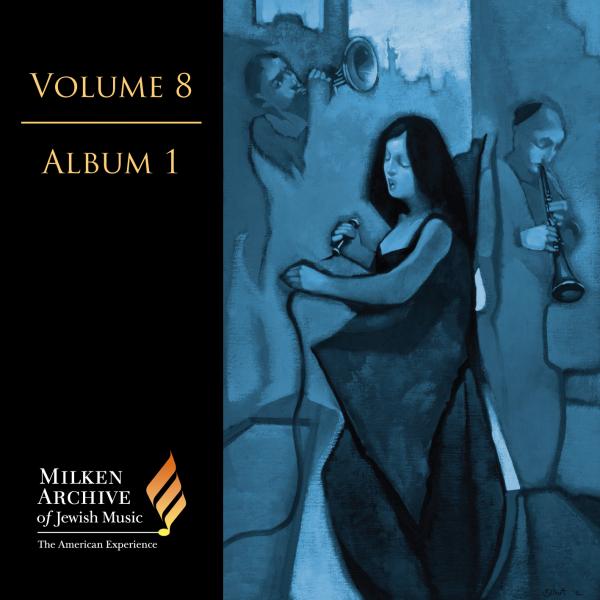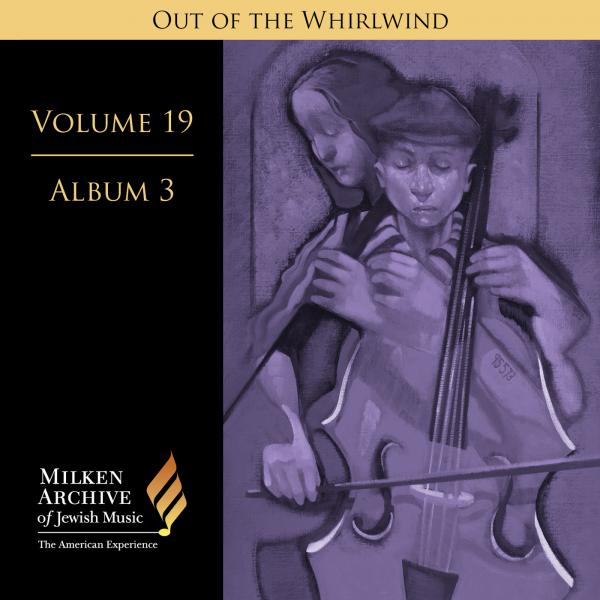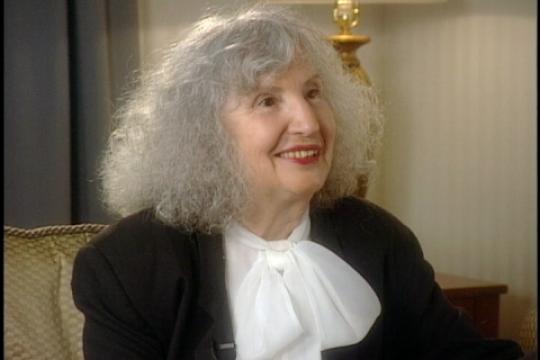
Although her parents were part of the Viennese Jewish community, Ruth Schonthal was born in Hamburg, where they were living at the time. She began her musical studies at the age of five at the Stern Conservatory in Berlin, where she had piano and theory lessons. Shortly after the elections of 1932–33 led to the National Socialist regime, however, Jews were no longer permitted to attend such institutions, and she was expelled as a Jewess in 1935. As the persecution increased, her family emigrated and sought refuge in Stockholm, where she continued her studies at the Royal Academy of Music. There she studied piano with Olaf Wibergh and composition with Ingemar Liljefors, and in 1940 her first piano sonatina was published. But when safety for Jews in Sweden began to appear less secure, she and her family left and became refugees once again—this time in Mexico City (to which they had to travel via the Soviet Union) in 1941. She continued composition studies with Manuel Ponce, and at the age of nineteen she was the soloist in the premiere of her own piano concerto (Concerto romantico) at the Palacio de Bellas Artes. When the great émigré composer Paul Hindemith (also a refugee from the Third Reich) came to Mexico City on a concert tour, he had occasion to meet Schonthal and hear some of her piano works. He offered her admission and a scholarship at Yale, where he had been on the faculty since 1940—an offer she quickly accepted, graduating in 1948.
For a time in the 1950s and 1960s Schonthal’s serious composing entered a phase of partial hiatus, as it became necessary for her to help with the support of her family. (By then she was married to an artist, with whom she had two sons, in addition to one with her first husband in Mexico.) She took several part-time teaching positions; played piano in bars, cocktail lounges, and supper clubs; and wrote popular songs and music for television commercials. By the early 1970s she was once again composing in earnest, and she was able to devote the major part of her artistic energies to new works and to the continued development of her stylistic approach and technical procedures.
More romanticist than modernist, yet fully conversant with 20th-century developments, Schonthal pretty much resisted the sway of both the European and American avant-garde forces. But some of those influences are still to be found within her synthesized aesthetic, which includes many elements of the aggregate European musical tradition, Mexican folk music, aleatoric aspects, and even occasional nods to more recent so-called minimalism. She sees all these factors not as artistic ends in themselves, but as tools to serve her primary concern: the conveying of emotion. By her own observation, she envisions her work “as a mirror held up to a world full of complex human emotions.” And she has acknowledged to students of her work that she conceives of music as a dense tapestry of musical associations in which the individual elements are “linked to each other in multiple, symbiotic relationships.”
Schonthal has been the recipient of numerous commissions for chamber music, operas, symphonic works, and piano and organ pieces. Her large-scale works include a second piano concerto (1977) and her operas The Courtship of Camilla (A. A. Milne), and Jocasta (1996–97), to a libretto by Helene Cixous—a reworking of the Oedipus story (produced in New York in 1998) in which the two principal characters are each represented by an actor, a singer, and a dancer. Among her important smaller-scale piano compositions are Gestures (1978–79), which explores her idea of “emotional time” versus “metrical time”; Canticles of Hieronymus (1986), after paintings by Bosch; Self Portrait of the Artist as an Older Woman (1991); and From the Life of a Pious Woman (1999). Her chamber music, apart from the String Quartet no. 3 recorded here, includes traditional forms—such as her quartets nos. 1 (1962) and 2, In the Viennese Manner (1983); as well as creative combinations such as Collagen (1991), for soprano, flute, two clarinets, cello, piano, synthesizer, and percussion, based partly on the work of the Berlin Dada artist Hannah Hoech, a friend of her family’s in the 1930s; A Bird Over Jerusalem (1992), for flute, piano, and electronic tape, which addresses a clash of cultures and religious traditions; Abendruhe mit süssem Traum (1993, rev. 1996), for cello, piano, vibraphone, and timpani; and Bells of Sarajevo (1997), for clarinet and prepared piano. She has written a number of guitar works, including Fantasia in a Nostalgic Mood (1978) and Fantasy-Variations on a Jewish Liturgical Theme (1994, rev. 1997), for electric guitar. Her many songs and other vocal pieces have included settings of poetry of Lorca, Rilke, Yeats, Wordsworth, and Whitman—as well as some of her own.
She has been honored with several important awards and citations, including the Internationaler Künstlerinnen Preis of the city of Heidelberg in 1994, and an exhibition at the Prinz Carl am Kornmarkt Museum was devoted to her life and work. In the United States she has received awards and grants from ASCAP (American Society of Composers and Publishers) and Meet the Composer. She has also served on the faculty of New York University from 1979 to 2004 and at SUNY (State University of New York) at Purchase.
In 1996 Schonthal was invited to compose a piece about the Berlin Wall and its dismantling. In one section she incorporated the infamous Horst Wessel song, the official anthem of the Nazi party from 1931 on (banned by law in postwar Germany to this day), whose lyrics she still remembers hearing as a child from her family’s balcony as the storm troopers marched through the streets: “Already millions are looking to the swastika full of hope.… Soon Hitler flags will fly over every street.… When Jewish blood will spurt from our knives, then things will be twice as good!” After the elections of 1932–33 resulted in Hitler’s appointment as chancellor, the song, which had been adapted to a much-earlier tune by Wessel—a party organizer who was killed in a confrontation with Communist Party members and then glorified as a Nazi martyr—was commonly sung together with Deutschland über Alles (the national anthem) at official events. Schonthal built what she calls a “gruesome parody” around the song.
“For me,” Schonthal has said, “the contrasting elements—the beautiful-ugly, tension-release, good-evil—are opposite ends of one and the same thing. They have a magnetic attraction towards each other; they are never static. I deliberately combine the good old with the good new, because of my background and because I believe that every revolution throws out the baby with the bathwater. I am not religious—on the contrary—but I believe in a spirit of devotion.”
In 1999, in honor of her seventy-fifth birthday, the prestigious Academy of the Arts in Berlin (Akademie der Künste) presented a full concert of her music in the very city she was forced to leave more than sixty years earlier—where, as a nine-year-old girl, she had become unwelcome.
By: Neil W. Levin


